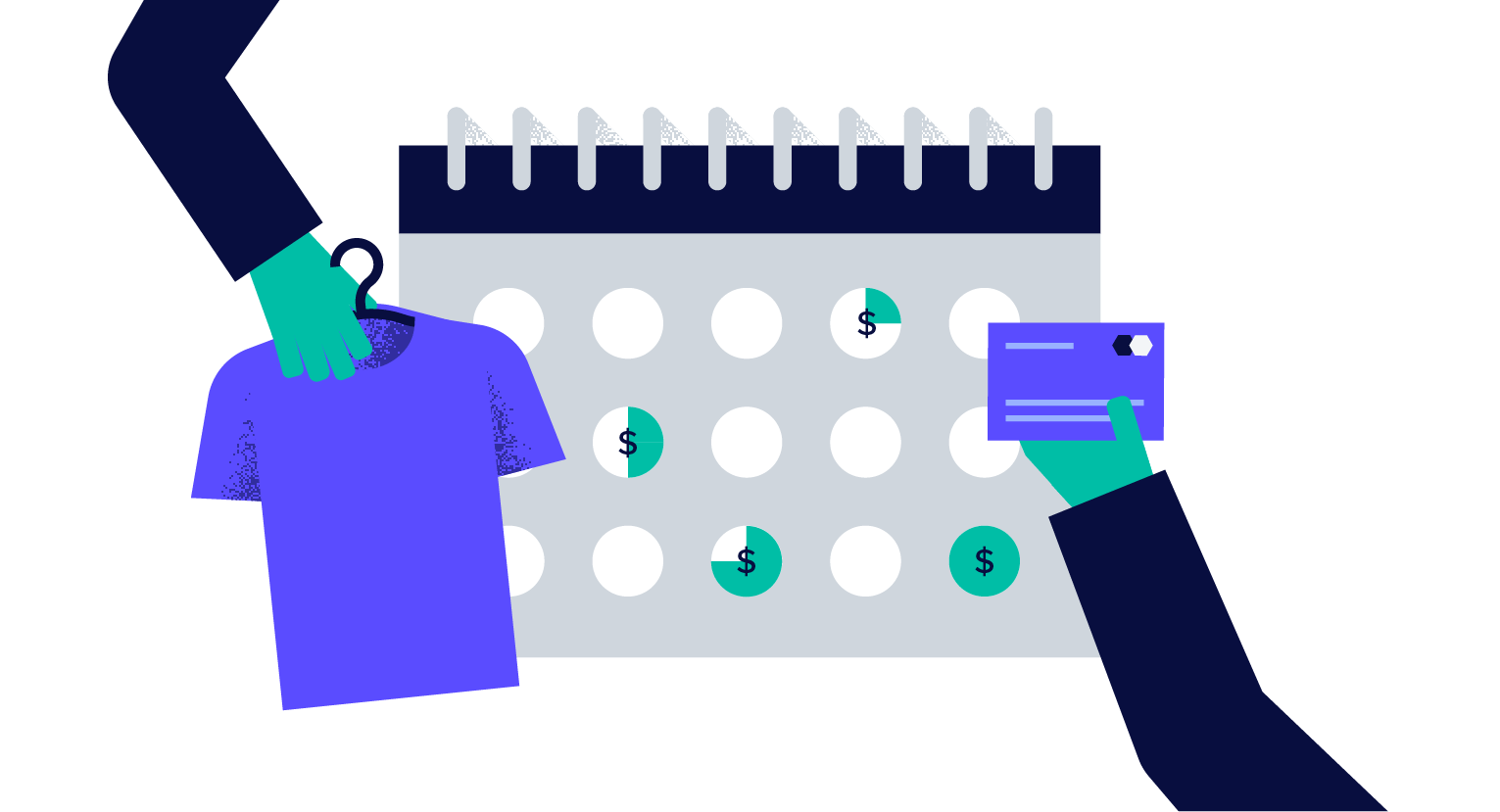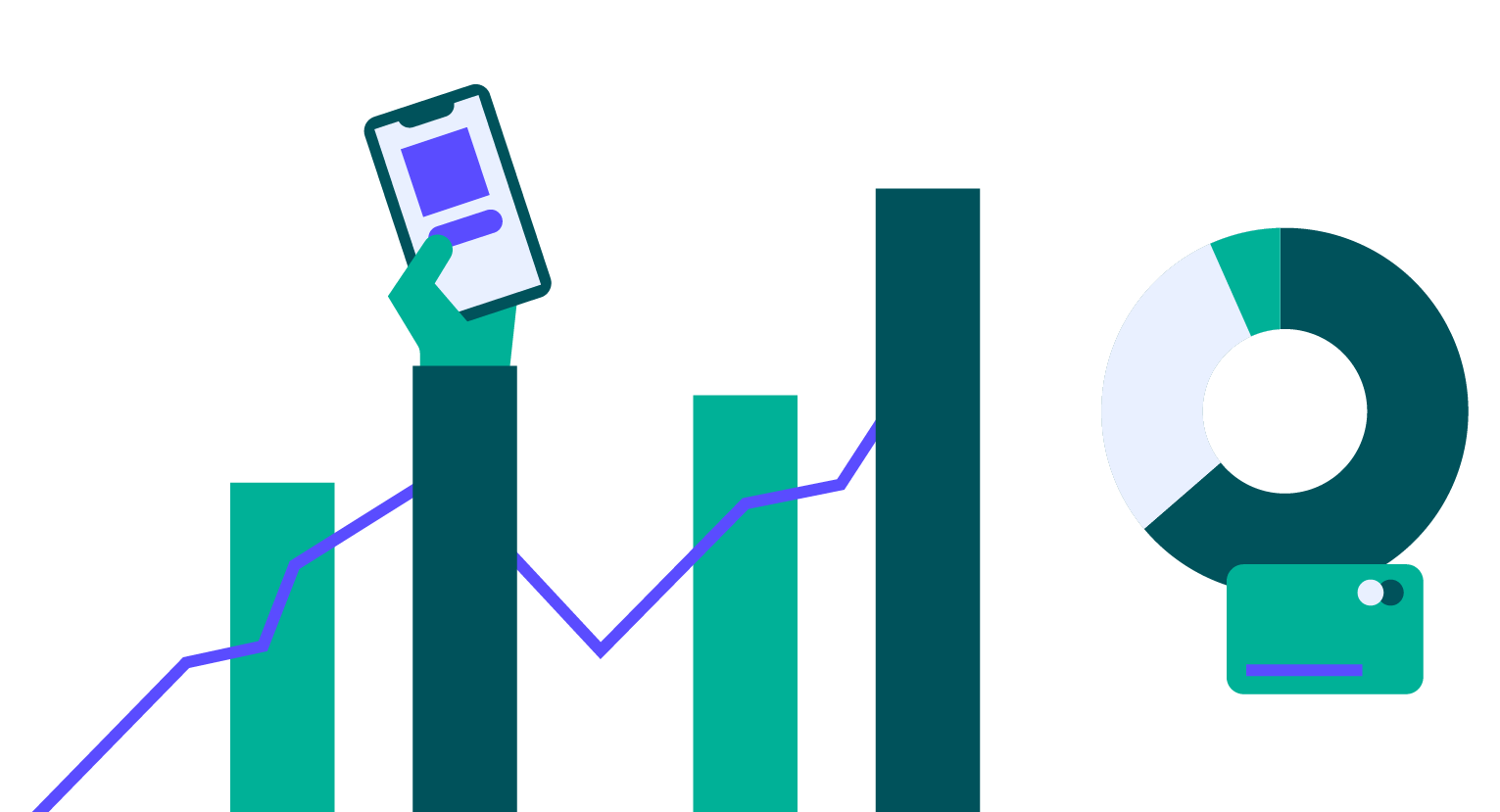Why Merchants Need Buy Now, Pay Later Now

Buy Now, Pay Later (BNPL) has quickly become a popular online payment option. According to a PYMNTS report, Millennials and Gen-Z will spend 44% and 72% more on orders if BNPL is available as an option. To capitalize on this growth, one in three eCommerce retailers are expected to offer some type of BNPL payment plan by the end of 2021. Service providers are developing strategic partnerships to help merchants gear up for this holiday season and the years to come. Klarna, which is valued at nearly $11B, teamed up with Macy’s and Alibaba, and AfterPay now offers BNPL to in-person shoppers at Simon Malls. Other players in the space have gotten more aggressive with their expansion efforts – Affirm filed for IPO and PayPal launched Pay in 4 and Pay in 3 installment options in the US and the UK, respectively.
As interest from consumers continues to grow in BNPL, what should merchants consider when deciding whether or not to offer this service?
Expanded User Base
One of the top selling points for BNPL integration is that it introduces new audiences to a merchant’s existing customer base. From highly-sought demographics to global expansion enablement, here are some ways in which it can help quickly grow a user base.
Gen-Z & Millennials
BNPL service providers are taking off with some of the most important shopping segments. More than half of Klarna, Affirm and AfterPay’s app users are between the ages of 25-34. This is a huge opportunity for merchants looking to expand their customer base with Millennials and Gen-Z. More than 70% of consumers in both generations use a smartphone to shop online. Since these consumer groups comprise 75% of the total user base for the major BNPL players, offering this service is almost a guaranteed method of connecting with these highly valuable customers.
Low-Income Customers
BNPL is also attractive to low-income customers, since it enables them to pay off a purchase in multiple installments. According to Riskified data, a higher share of BNPL users are low-income customers compared to other payment options, like credit cards. This enables would-be customers to shop online when they may have been deterred or declined in the past.
Global Audience
One of the newest offerings from BNPL providers is cross-border payment enablement. AfterPay recently extended this service to all of their eCommerce merchants, allowing them to open their sites to consumers in the UK, Canada, Australia, and New Zealand. Shoppers see the prices in their local currency, regardless of location, and merchants don’t have to pay currency conversion fees. This gives them access to international consumers without incurring heavy upfront costs associated with opening in new markets. Plus, it can lead to major bottom-line drivers – one of AfterPay’s clients saw a 30% increase in overall orders after extending cross-border BNPL services.
Limited-Liability Fraud
Since BNPL attracts new customers, it also introduces new levels of risk. Fraud detection teams will have to adapt to the new behaviors of the shoppers that this payment method will bring in. Aside from adjusting to a new learning curve, BNPL will welcome new fraudsters into the equation. Similar to other alternative payment methods, it’s fairly easy for fraudsters to create a BNPL account with someone else’s credit card details. While this might make most fraud teams protest against introducing the payment method, a silver lining is that the service provider assumes the fraud risk. If a customer files a chargeback, the BNPL provider will incur that cost, taking the liability off of merchants.
Given the rising popularity of this payment method and the new revenue opportunities it generates, now is the time to partner with a BNPL provider. While introducing anything new will always come with an uptick in fraud, merchants should rest easier knowing that the risk is being assumed by the payment provider.




